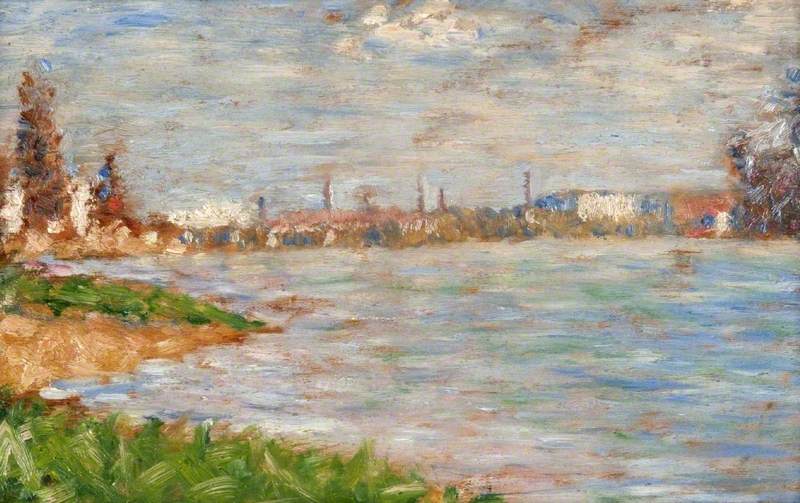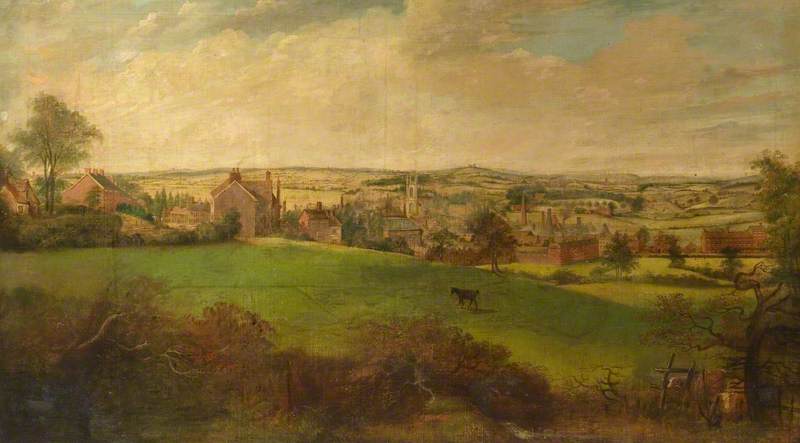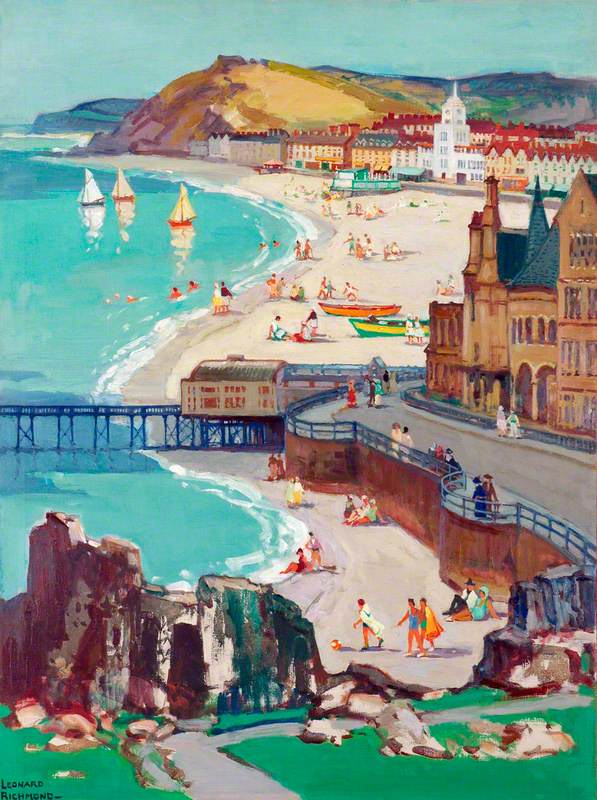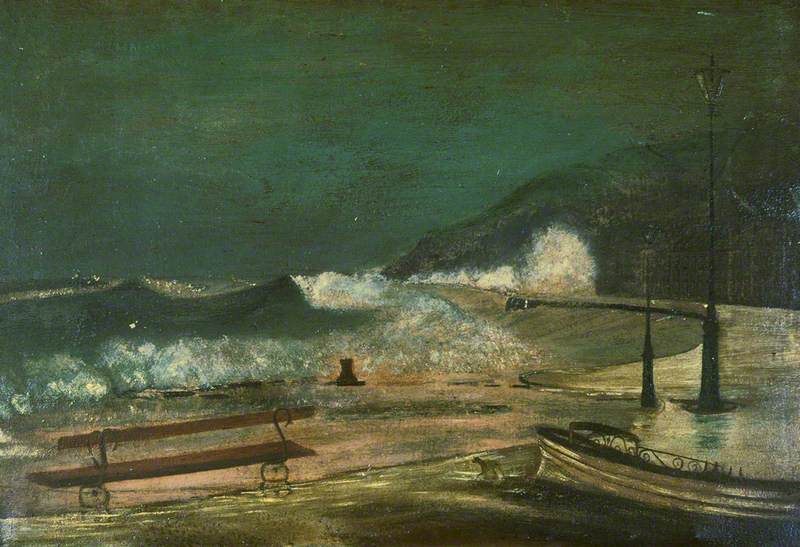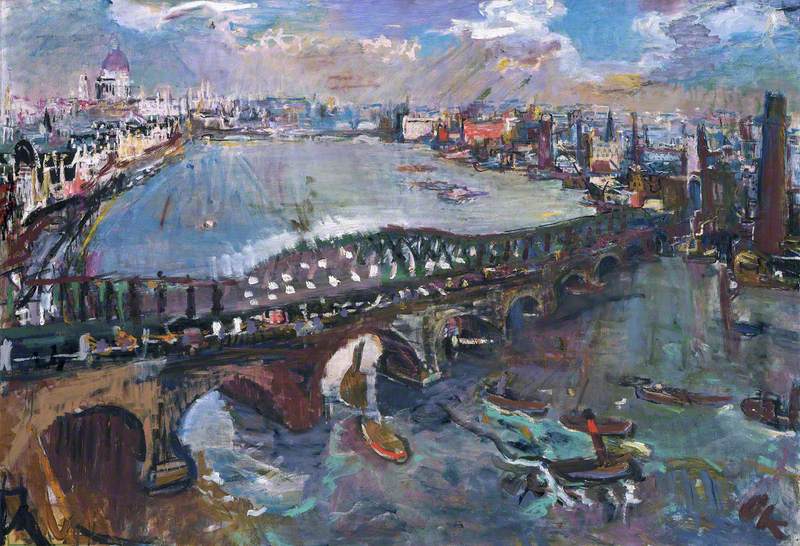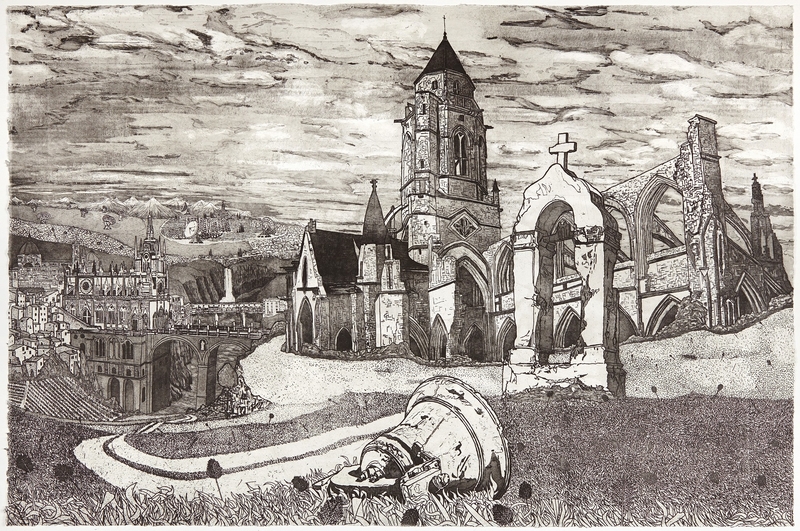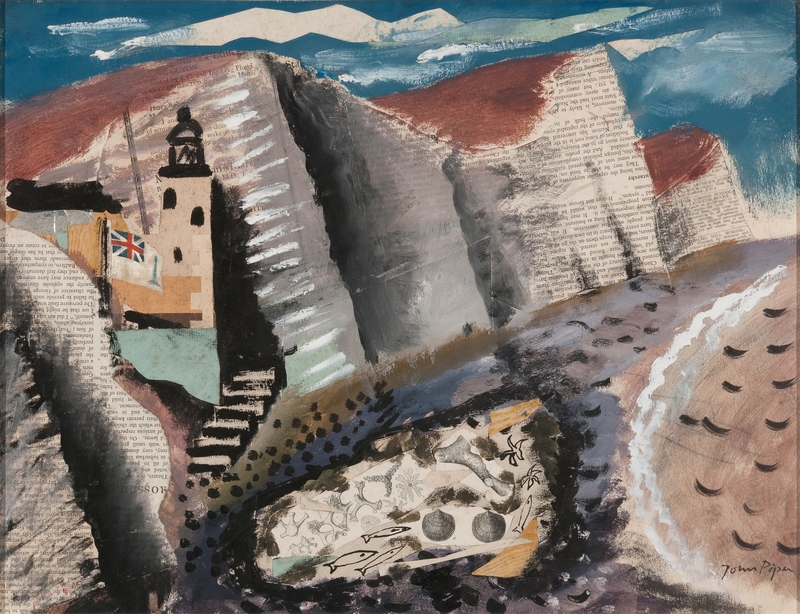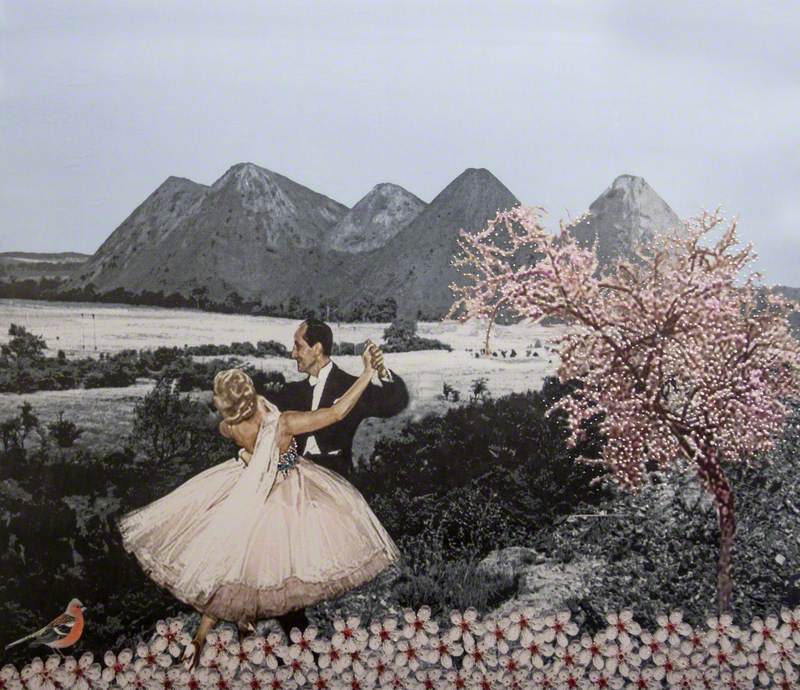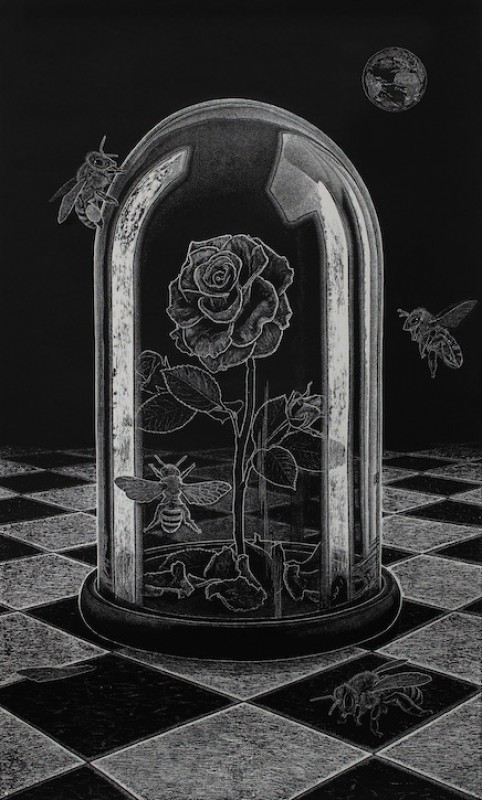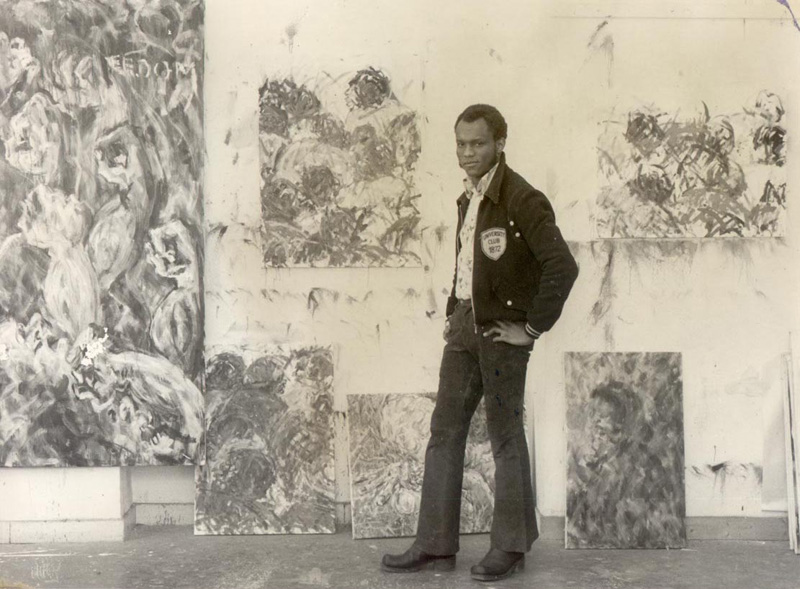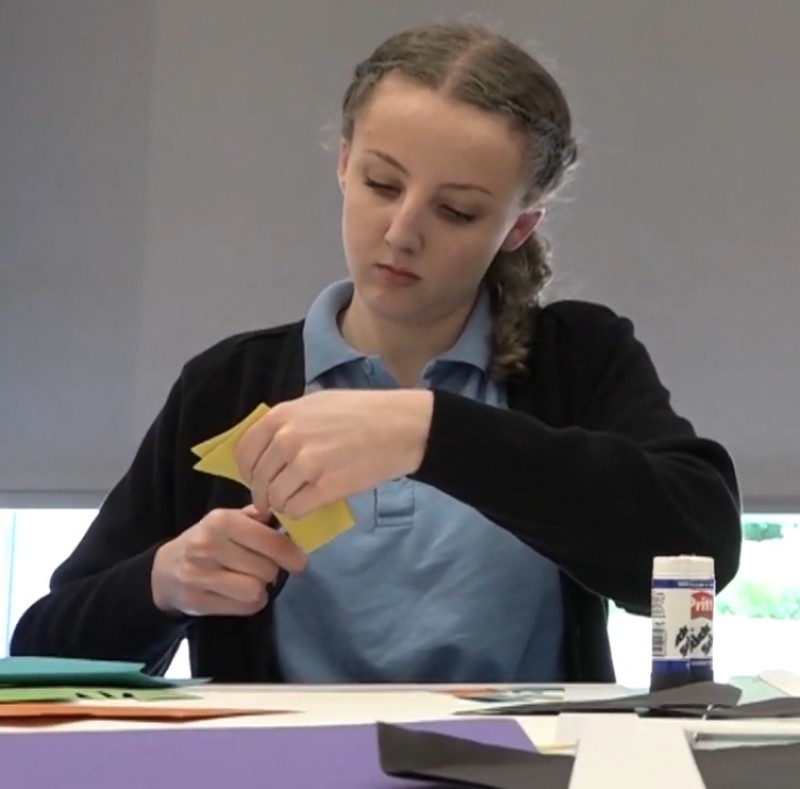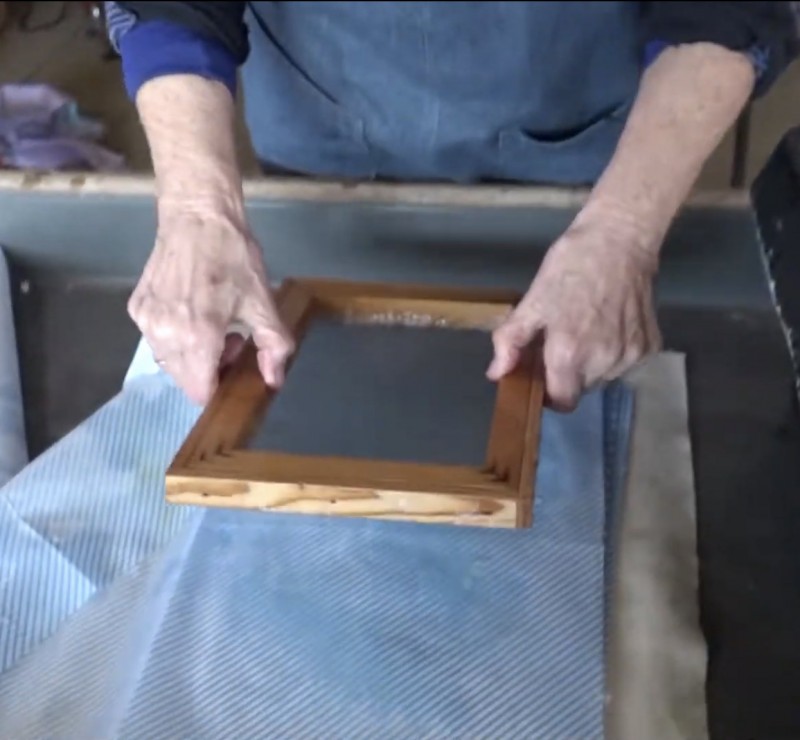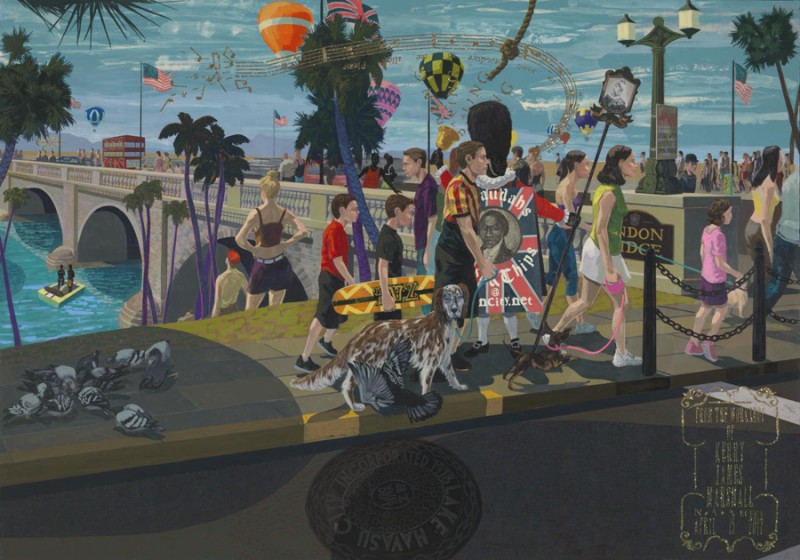Look closer
You may wish to look closer at the paintings featured in the film and discuss them further.
Look and discuss: British landscapes across time
In class, explore the following examples of changing landscapes across Britain including:
- Bridges near Belfast Harbour
- Stoke-on-Trent, Staffordshire
- Aberystwyth Harbour and beachfront
- Waterloo Bridge, London
In your discussions compare and contrast:
- the two larger images for each region before reflecting on the more gradual changes in the images below.
- the industries present and how they impact the environment in different ways
- the artists' depictions – are they: realistic? Abstracted? Exaggerated? Deceptive?



